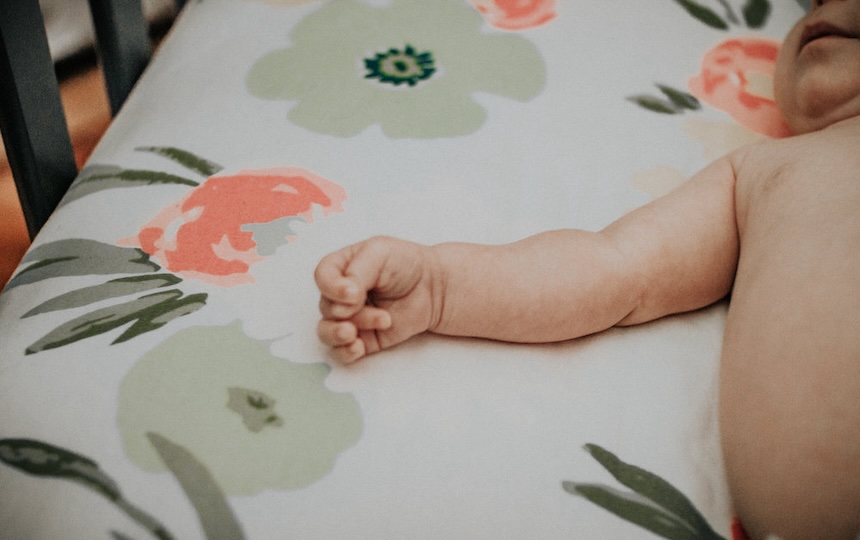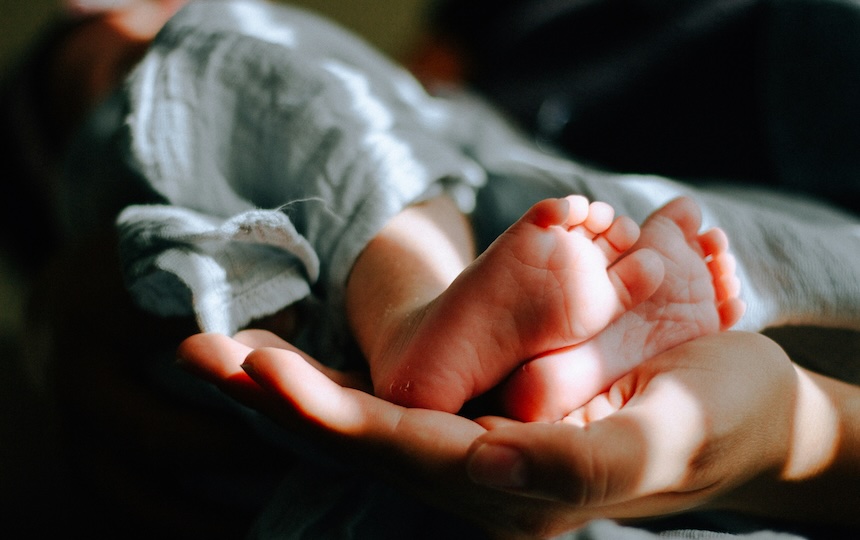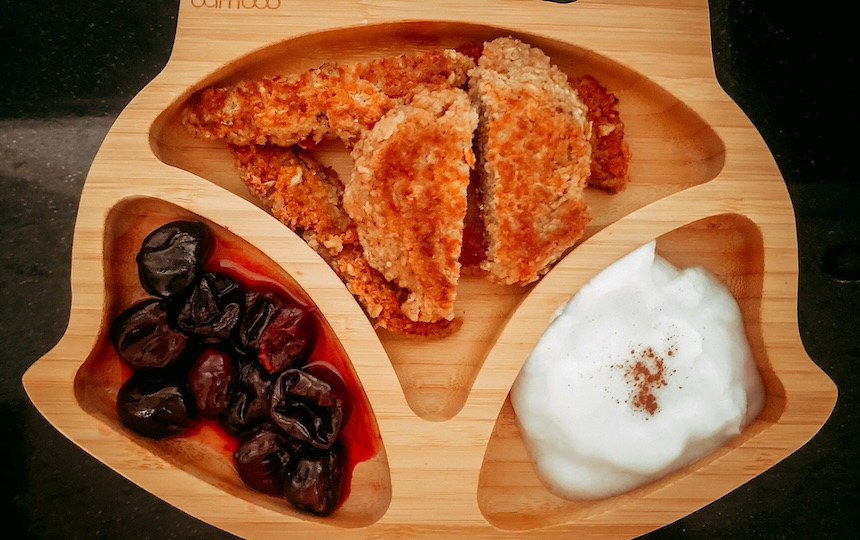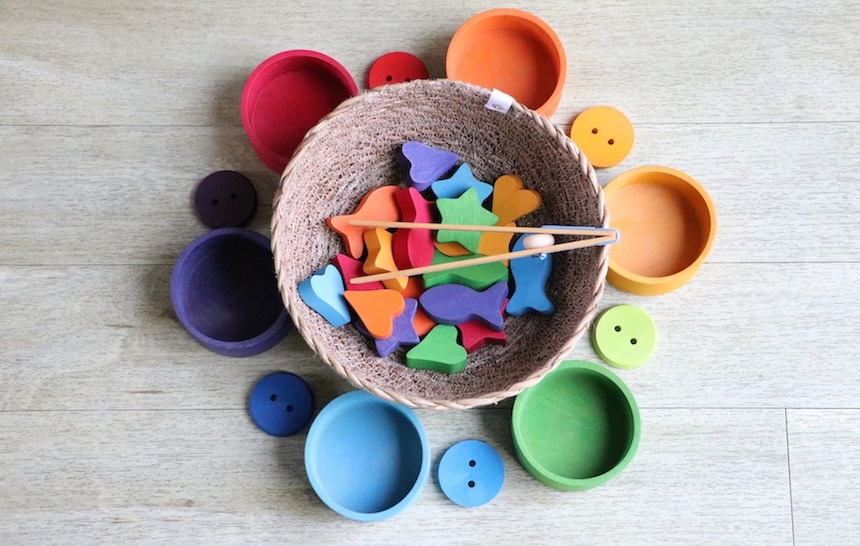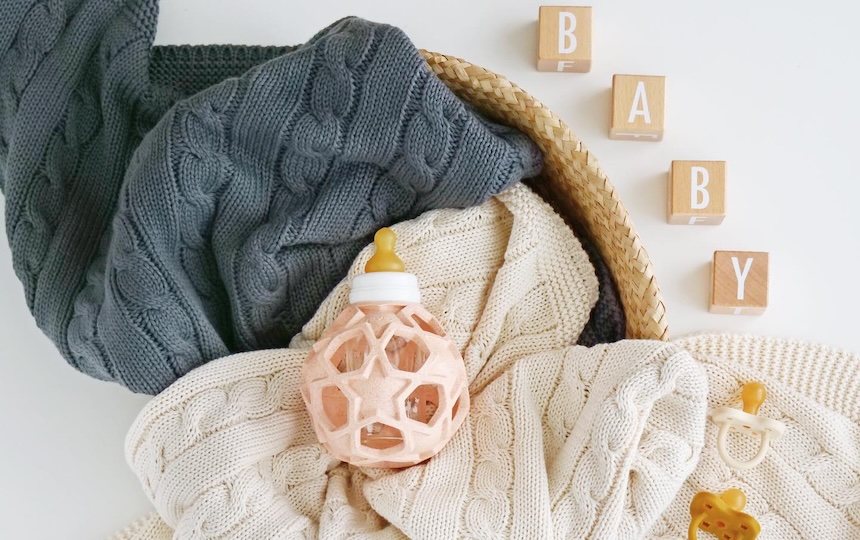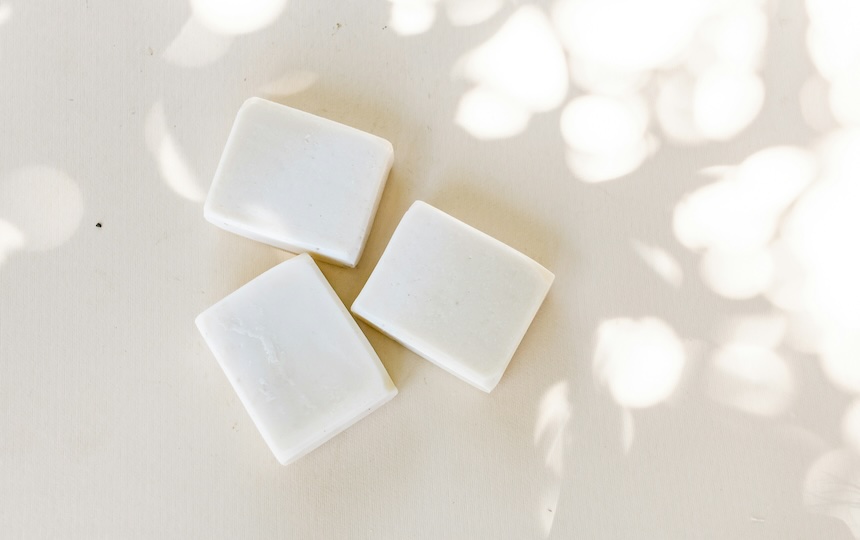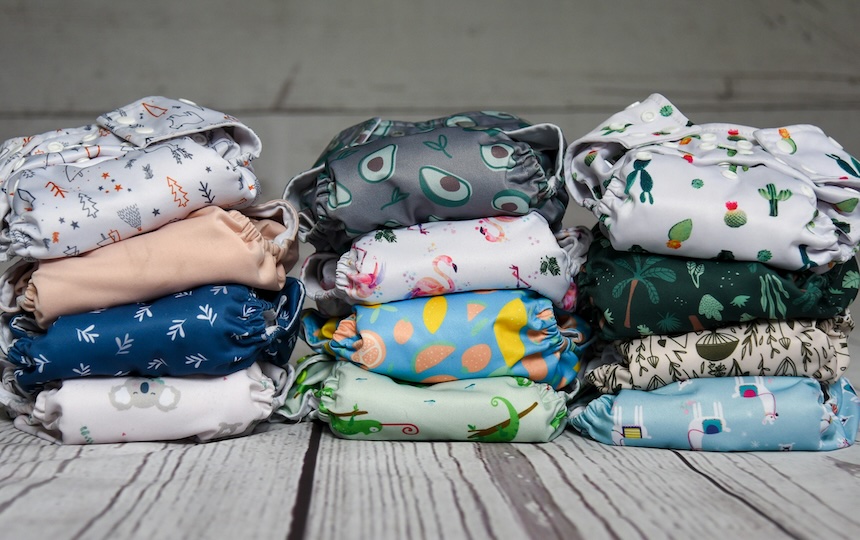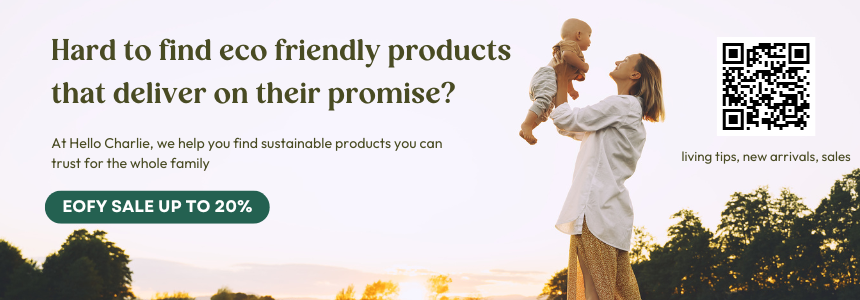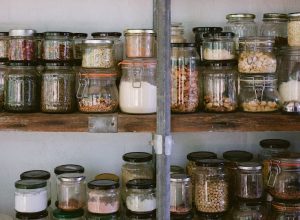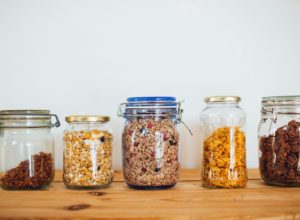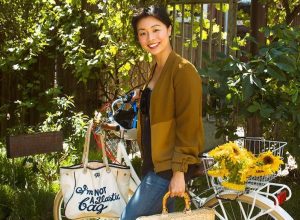This article was written in conjunction with Hello Charlie, an Australian-owned eco baby shop, which stocks a range of natural, organic and plastic free baby products, including baby skincare, eco nappies, wooden toys and more.
Having a baby but striving to live plastic free? Here are five ways you can have a “plastic free baby”.
When you become a parent, one thing you will quickly discover is that babies seem to bring a lot of stuff into your life.
Take a quick stroll through any mainstream baby store one afternoon and you will encounter every conceivable product for baby you could possibly think of (and a lot you haven’t); there is no end to the paraphernalia.
Popular opinion dictates that parents require each and every one of these items, and most draw up long lists of “must-have” items in preparation for bringing a baby home.
Plastic, not fantastic
Unfortunately, a lot of these baby items are made of plastic, which makes living plastic free with a baby somewhat of a challenge!
Baby hairbrushes, nappy disposal bins, toys, bath thermomotors, mobiles, bottles, pacifiers, teething soothers… most mainstream brands are all plastic.
All of which will eventually end up in landfill. That’s tonnes upon tonnes of plastic that will take thousands of years to decompose, and in the meantime, will leach chemicals and contaminate our groundwater.
Not only that, more and more we are discovering how harmful a lot of these plastic products are to our children while they’re using them.
Only a few years ago the U.S. Food and Drug Administration banned BPA (bisphenol A) from being used in baby bottles and sippy cups over concerns about the health ramifications of exposure to the chemical.
Most companies then replaced BPA with bisphenol S (BPS), which is suspected to be just as bad, if not worse.
Plastic-free versus zero waste
Is it possible though to go plastic free with a baby, especially now that there are so many companies catering for the eco-conscious parent.
Finding a balance between striving to be zero waste as well as plastic free though is a tricky one, as many hand-me-down baby items or products sourced from op shops will be plastic.
Each parent has to find that balance themselves and decide where they’re willing to compromise.
If you’re looking to go plastic free with your own baby, here are five ways you can start.
Plastic-free feeding equipment
While breastfeeding is zero waste and “plastic-free” by its very nature, not every bub will be able to master this skill. But you don’t need to resort to plastic baby bottles when there are glass ones that do the job.
When your baby starts solids (at around six months of age) sourcing plastic free feeding equipment is important, as we now know many chemicals can leach into food (particularly hot/warm food) from plastic containers. Thankfully, it’s also one of the easiest areas to go plastic free.
With a bit of caution, you can simply serve food for little ones using regular tableware and cutlery. Or if you’re too nervous about the breakage factor of regular tableware, you can opt for stainless steel or bamboo feeding equipment.
Plastic free toys
Baby and children’s toys are another big plastic heavy area. Pretty much all toys produced by mainstream brands are made from plastic. Search instead for beautiful, quality toys made from FSC-certified sustainable wood and organic cotton.
When you’re sourcing wooden toys ensure you do your research. Many of the cheaper wooden toys are made from MDF and plywoods, which are most often bonded with toxic glues and adhesives. Many are also coated in cheap paints and lacquers, which will off-gas volatile organic compounds (VOCs).
Check to see whether the wooden toy brand you are buying uses sustainable wood, and water, soy and vegetable-based paints, adhesives and coatings.
And let’s be real – most little ones are more entertained pulling everything out of your cupboards and drawers so there’s simply no need to purchase copies amounts of toys anyway!
Plastic free teethers, pacifiers, bottle teats
Any mum of a teething child will know that having something for them to gnaw on is vital.
Teething toys can help relieve sore and sensitive gums, and given they’ll spend a lot of time in your bub’s mouth, you’ll need to pick the most natural, toxic-free teether you can. The same goes for pacifiers and bottle teats.
Hevea’s products are made using natural rubber sap and rubber wood, which is biodegradable, sustainable and non-toxic, and free from phthalates, PVC, EVAtane, BPA and silicone.
Their packaging is FSC certified and they have initiated an upcycling program. You can return used pacifiers to Hevea for upcycling and you’ll even receive a discount for any new purchases you make.
Plastic-free bath products
Bottled beauty products aren’t just for parents these days; there are a whole host of bath time products designed for baby in mind. Lotions, bubble bath, shampoos, baby oil… they all come in plastic packaging and a lot of them contain questionable ingredients.
Unless treating a specific health issue, all most babies need is a simple bar of soap (preferably organic) during their nightly bath. Or simply skip the soap altogether.
Much like the bath products, most of the nappy creams on the market contain endocrine disrupting chemicals (EDCs) – the big three are phthalates, parabens and phenoxyethanol, which are linked to a slew of health issue – and a lot of them are petroleum-based. Not what delicate little bottoms need!
Not only that, most of the more natural nappy creams and ointments come in plastic tubes or pots, although some, like Nature’s Child, do come in glass jars.
We’ve got this pro tip from a maternal and child health nurse who recommends using a good quality extra virgin olive oil (preferably certified organic) as a nappy ointment and it really works! You can go the extra step on your zero waste journey and source it from a bulk foods store.
Plastic-free nappies
Unsurprisingly, nappies are a huge waste area for parents, so researching the different cloth nappy options available (and there are loads!) is your first step if you’re wanting to reduce your plastic use.
Modern Cloth Nappies, All-In-2’s, biodegradable disposables, prefolds, flats… there are a range of options depending on your dedication to zero waste nappies. Check out this comprehensive guide to cloth nappies from Hello Charlie here.
When it comes to nappy wipes, using organic cotton cloths is the gold standard when it comes to reducing waste.

